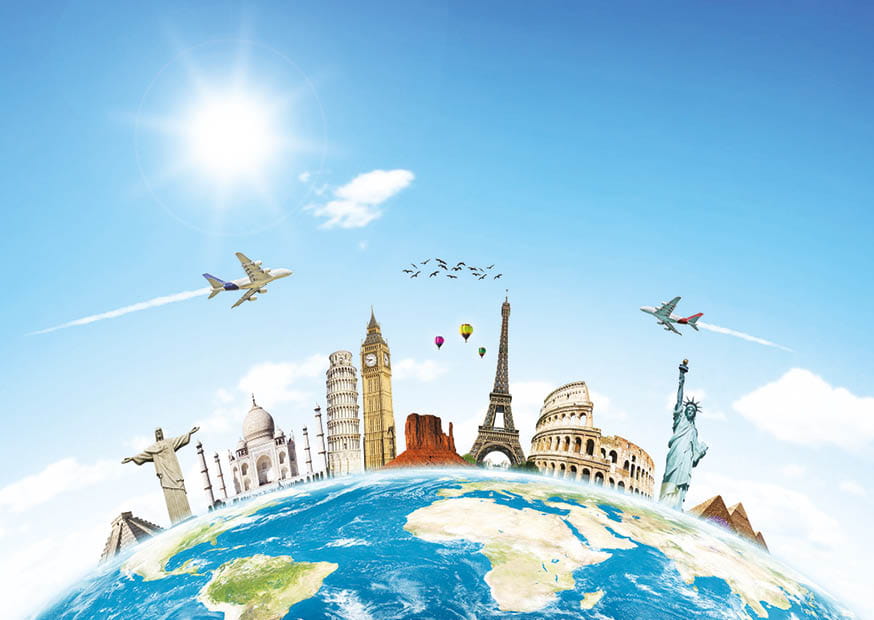
Introduction to Bollywood and Hollywood
When it comes to the glitzy world of cinema, two giants stand tall: Bollywood and Hollywood. Each has its own unique charm and flair, captivating audiences across the globe. From the vibrant dance numbers in Bollywood movies to the high-octane action sequences found in Hollywood films, both industries offer diverse storytelling that resonates with viewers from various cultures.
As we dive deeper into this cinematic rivalry, we’ll explore how these film powerhouses are shaping entertainment on a global scale. Are Bollywood films winning hearts with their emotional narratives? Or is Hollywood continuing to dominate box office numbers with blockbuster hits? Join us as we unravel the intricate tapestry of Bollywood vs. Hollywood and discover who’s truly winning over international audiences today.
Box Office Revenue and Audience Reach
When it comes to box office revenue, Hollywood often takes the lead. Major blockbusters like “Avengers” and “Avatar” have raked in billions globally. This staggering income reflects not just ticket sales but also merchandise and streaming rights.
On the other hand, Bollywood is making significant strides. Films such as “Dangal” and “Baahubali” have crossed international borders, captivating audiences worldwide. The rise of digital platforms has further amplified this reach.
Hollywood movies dominate in terms of budget and marketing prowess. They invest heavily to ensure global visibility. Bollywood tends to focus more on regional markets while steadily expanding its audience base overseas.
Despite these differences, both industries are finding unique ways to connect with fans across cultures through diverse storytelling techniques and relatable themes. As they evolve, their respective audience engagement strategies continue to shape their paths forward in an increasingly connected world.
Cultural Representation in Films
Cultural representation in films plays a pivotal role in shaping perceptions. Bollywood and Hollywood approach this differently, reflecting their unique cultural narratives.
Bollywood movies often celebrate Indian culture through vibrant storytelling, music, and traditional values. They highlight family dynamics and societal issues relevant to the Indian audience. The colorful aesthetics resonate deeply with viewers.
Conversely, Hollywood movies tend to focus on universal themes that connect globally. However, the representation of diverse cultures can sometimes feel superficial or stereotypical. There is a growing demand for authenticity in storytelling.
Both industries are evolving. Filmmakers are increasingly aware of the significance of genuine representation. Collaborations between filmmakers from different backgrounds have started creating richer narratives that bridge cultural gaps.
As audiences become more discerning about authenticity, both Bollywood and Hollywood will likely continue adapting to these changing expectations.
Production Quality and Budget Comparison
When it comes to production quality, Hollywood movies often set the benchmark. High budgets allow for cutting-edge technology, stunning visual effects, and top-tier talent—from directors to actors. These elements shape a cinematic experience that frequently leaves audiences in awe.
In contrast, Bollywood movies work with tighter budgets but still manage to deliver impressive visuals and captivating storytelling. Innovative techniques are employed to maximize resources. The creativity displayed can be quite remarkable.
While Hollywood might dominate in terms of funds and access to advanced technology, Bollywood compensates with cultural richness and emotional depth. Both industries have their strengths—Hollywood excels in spectacle while Bollywood shines through relatability and vibrant narratives.
As global audiences become more discerning about content quality, it will be interesting to see how both industries adapt their approaches moving forward.
Impact on Global Pop Culture
Bollywood and Hollywood each wield significant influence over global pop culture. Bollywood movies often introduce vibrant music, colorful dance sequences, and unique storytelling that resonate with diverse audiences. These elements have inspired trends in fashion, dance styles, and even cuisine across the globe.
Hollywood dominates with its high-budget blockbusters featuring cutting-edge technology and special effects. The impact is evident as Hollywood films set standards for visual storytelling worldwide. Superhero franchises like Marvel have created a new cultural lexicon embraced by fans everywhere.
Social media plays a crucial role in amplifying this cultural exchange. Memes from both industries circulate widely online, blending humor and fandom into shared experiences.
Events like film festivals showcase an ever-evolving dialogue between these two worlds. Collaborations are on the rise as filmmakers from both sides strive to create content that appeals to international viewers while retaining their unique identities.
Celebrity Influence and Social Media Presence
Celebrity influence in Bollywood and Hollywood extends far beyond the silver screen. Actors and actresses are now brand ambassadors, trendsetters, and social media moguls. Their ability to connect with fans online shapes public perception.
In Bollywood, stars like Deepika Padukone and Shah Rukh Khan boast millions of followers on platforms like Instagram and Twitter. They share glimpses of their lives, engage with fans directly, and often use their voices for social issues.
Hollywood celebrities such as Dwayne Johnson or Zendaya also utilize social media powerfully. They promote films while promoting personal brands that resonate globally.
The impact is profound. Fans feel closer to their favorite actors. This direct communication fosters loyalty but also raises expectations for authenticity in celebrity behavior. The lines between film promotion and personal branding blur more every day in both industries.
Future Predictions for Both Industries
As we look ahead, the future of Bollywood and Hollywood seems promising yet divergent. Bollywood movies are rapidly expanding their reach globally, tapping into international markets with culturally rich narratives that resonate with diverse audiences. Collaborations between Indian filmmakers and Western studios are becoming more frequent. This fusion could create a unique genre that appeals to both sets of viewers.
On the other hand, Hollywood continues to dominate in terms of technology and production quality. The rise of streaming platforms has enhanced its global outreach significantly, allowing for an even wider audience base. However, rising costs might challenge traditional box office success as film enthusiasts find alternative forms of entertainment.
Both industries will likely continue to evolve based on viewer preferences and technological advancements. With the growing popularity of content from both regions on social media platforms, engagement will only increase over time. As cultural narratives shift and diversify, it’s clear that each industry has its strengths.
Bollywood’s vibrant storytelling can draw in audiences looking for emotional depth while Hollywood’s high-budget spectacles attract those seeking cutting-edge visuals and action-packed experiences. Audiences worldwide may not prefer one over the other but instead appreciate what each brings to cinema.
It’s about balancing tradition with innovation in both realms as they navigate changes in audience behavior and technological developments moving forward.








